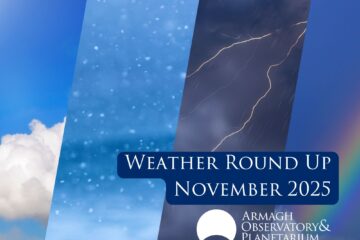The Plato Science Working Team usually meets four times a year at the European Space Agency’s ESTEC site in the Netherlands. On this occasion one of the team was retiring so we met at her institute — Paris Observatory. Certainly, grander and a change from the usual cold breeze on the Dutch coast!
I’ve never been to the Paris Observatory previously and is one of the most impressively grand pre-20th century observatories. Founded in 1667, more than century before Armagh Observatory, in the reign of Louis XIV when France was at the zenith of its power. Nearly ten years later, the Royal Greenwich Observatory in London was founded by Charles II. Today it still covers a large site only a 20 minute walk south of Notre Dame Cathedral. Oddly the French Academy of Sciences only met there once claiming it took too long to get there!
Like many Observatories of the time, its main role was in determining the local time. Indeed, the French used the meridian line going through the Observatory for 200 years until in 1911 it agreed to follow the 1884 International Meridien Conference decision to adopt Greenwich as the reference point. In the earlier years of the observatory, the great scientist Giovanni Cassini discovered four satellites of Saturn and the gap in the famous rings – now called the Cassini division. Other significant discoveries include that of the Danish astronomer Ole Romer who made observations of the moons of Jupiter and concluded that the speed of light is finite.
With Paris expanding since the founding of the observatory, the Meudon Observatory was founded outside Paris in the late 19th century, being formally integrated into the Paris Observatory after the First World War. In the 1960’s a new set of buildings were built in the old Observatory site where staff and students now have offices. The Old Observatory is now mainly used for meetings and public outreach events. Although when we were there a marquee was being erected for an event in the Paris Fashion week. Our next meeting will be held in ESTEC in late November when it will be significantly cooler than it was in Paris!
More information on the Plato mission can be found here:
https://www.esa.int/Science_Exploration/Space_Science/Plato








0 Comments